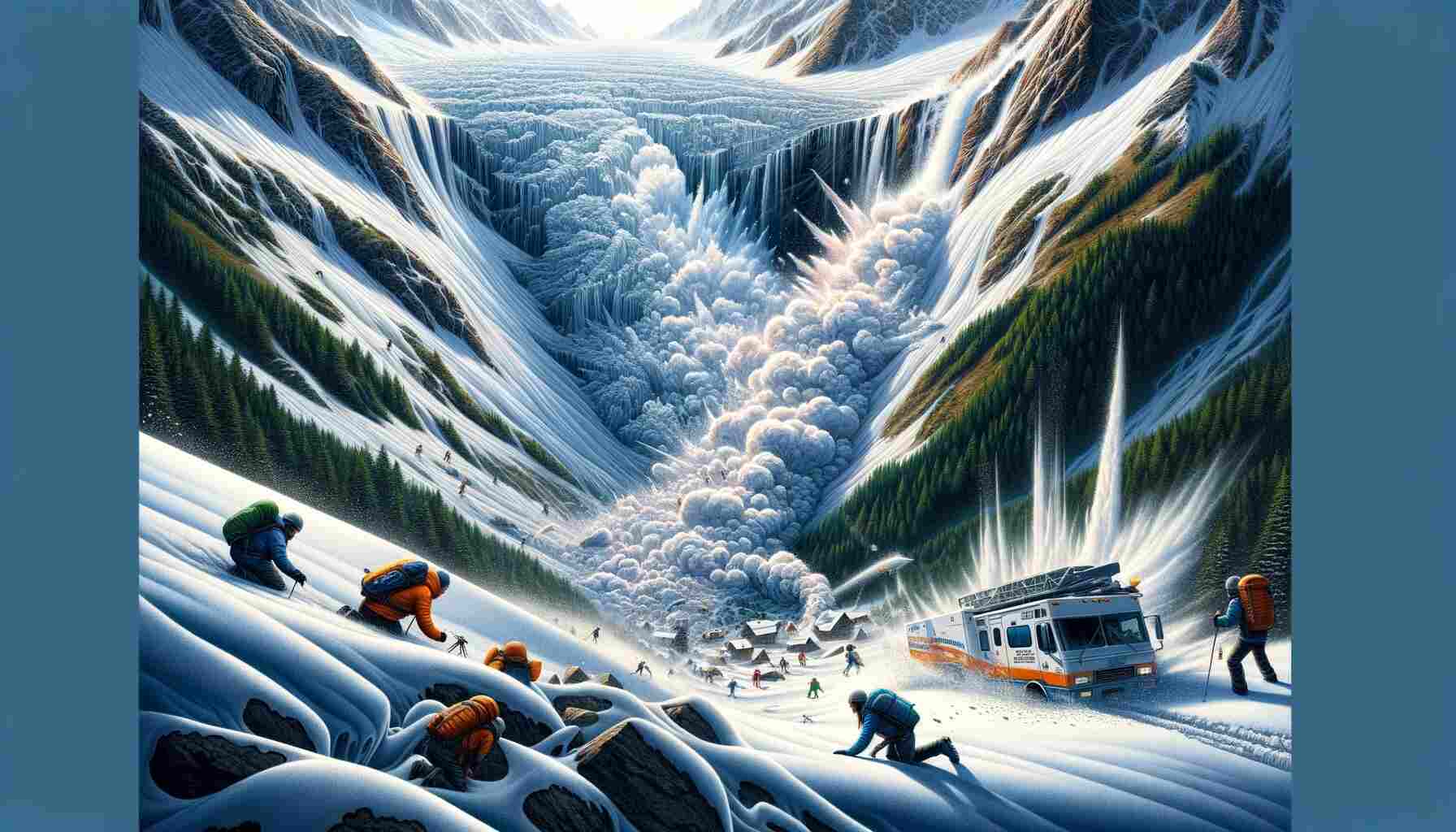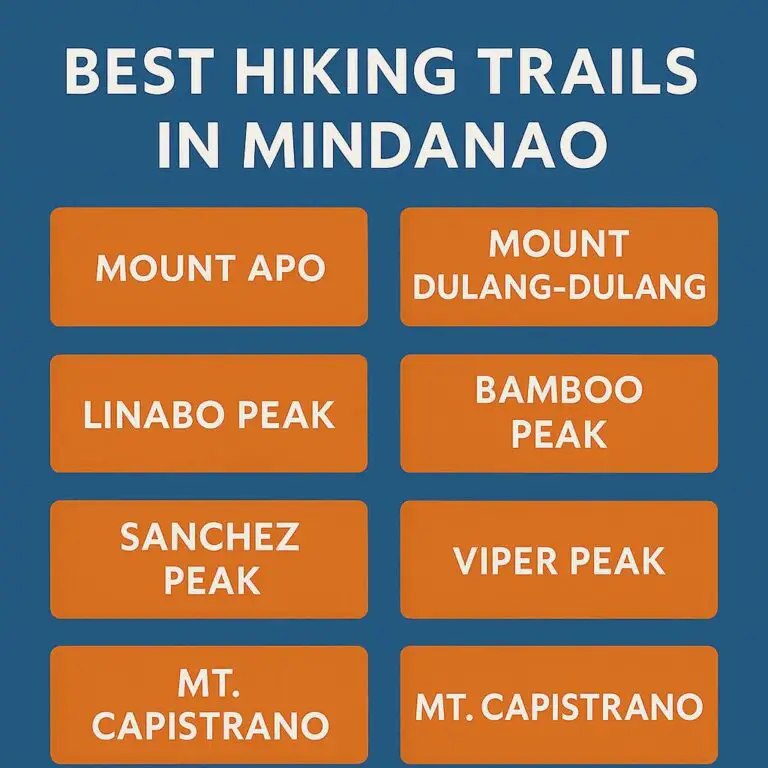Avalanches are awe-inspiring natural events that showcase the immense power of nature. They can be both beautiful and terrifying, with the recent tragedy in the Italian Alps serving as a grim reminder of the dangers they pose. This article delves into the intricacies of avalanches, providing a comprehensive understanding of what causes them, precautionary measures to minimize the risks, survival strategies if caught in one, and the aftermath and recovery.
What Causes an Avalanche?
Avalanches are complex phenomena influenced by various factors that interact to create the perfect storm for disaster. Here are the primary causes:
1. Slope and Terrain
The steepness of the slope and the nature of the terrain play a crucial role in avalanche formation. Most avalanches occur on slopes ranging from 30 to 45 degrees. Research, such as a 2016 study in “Geology,” has highlighted the significance of terrain features in avalanche starting zones. An infamous example is the 2012 Tunnel Creek avalanche in Washington State, which occurred on a 42-degree slope, a common characteristic of such disasters.
2. Snowpack Conditions
Snowpack conditions are a critical factor leading to avalanches. Over 90% of avalanche accidents happen within 24 hours of significant snowfall or rapid warming, according to the Colorado Avalanche Information Center. These conditions create layers of snow with distinct properties, resulting in a weak foundation and instability. An illustrative example is the 1999 Galtür Avalanche in Austria, which claimed 31 lives due in part to a critical weak layer buried deep in the snowpack.
3. Weather
Weather conditions play a pivotal role in avalanche risk. Wind can deposit snow unevenly on slopes, forming cornices or drifts with varying stability. Rapid temperature changes can weaken the snowpack, making it prone to avalanches. Reports from the Swiss Federal Institute for Snow and Avalanche Research (SLF) have emphasized the role of weather in incidents like the 2003 Alpine Meadows avalanche.
4. Human Activity
Human activity can also trigger avalanches. A 2020 SLF study found that approximately 90% of recreational avalanche accidents were initiated by the victims or someone in their party. An alarming example is the 2014 Vail avalanche fatality, where skiers inadvertently set off an avalanche while on their excursion.
Precautionary Measures
To minimize the risk of avalanches, it’s essential to take precautionary measures and be well-prepared when venturing into avalanche-prone areas. Here are some vital steps to follow:
1. Education
Understanding avalanche safety is paramount. Enrolling in courses provided by organizations like the American Institute for Avalanche Research and Education (AIARE) can equip you with knowledge to identify hazardous conditions. In the 2010-2011 season, 75% of people caught in avalanches had received some form of avalanche education, highlighting its importance.
2. Planning
Before embarking on any backcountry adventure, it’s crucial to check local avalanche forecasts. In the 2018/2019 season, European Avalanche Warning Services reported over 100 avalanche fatalities in Europe alone. Understanding the forecast can significantly reduce the risk by allowing you to make informed decisions about your route and activities.
3. Equipment
Investing in the right equipment can be a lifesaver. Avalanche transceivers, which emit signals to help locate buried victims, have been proven to improve survival rates significantly. A study published in the “Journal of Travel Medicine” found that victims with transceivers had a 75% survival rate compared to 58% without. The 2017 Montana avalanche incident, where two snowmobilers survived thanks to their transceivers, is a testament to the effectiveness of this technology.
4. Observation
While in the backcountry, always be vigilant and aware of your surroundings. Recognizing signs of instability, such as “whoomping” sounds or visible snow cracks, is critical. The Canadian Avalanche Association lists these as key indicators of potential avalanches. Ignoring such signs can have dire consequences, as demonstrated in the 2005 Kang Guru disaster in Nepal.
5. Travel Technique
When traveling through avalanche-prone terrain, employ safe travel techniques. One such strategy is traveling one at a time through risky areas. This practice minimizes the impact of an avalanche, reducing the risk of multiple burials. The 2012 Stevens Pass avalanche serves as a powerful illustration of the importance of spacing out when navigating treacherous slopes.
Survival Strategies
Despite all precautions, there may still be instances where you find yourself caught in an avalanche. In such situations, quick thinking and the right strategies can make all the difference. Here are some survival strategies:
1. React Quickly
Immediate action is crucial if you are caught in an avalanche. Reacting swiftly can be a lifesaver. An incident in the French Alps in 2019 serves as a stark reminder of this, where a skier’s rapid movements saved their life.
2. Swim
The concept of “swimming” within the moving snow can reduce burial depth. This technique involves making swimming motions with your arms and legs to stay on top of the avalanche debris. The Utah Avalanche Center suggests this approach, and it was effectively employed in the 2016 Wyoming avalanche, where a skier “swam” to safety.
3. Create an Air Pocket
In cases where you become buried under the snow, creating an air pocket can provide critical minutes of air supply. This is crucial for survival. A 2017 case in Colorado demonstrated the importance of this strategy when a victim survived over 30 minutes under the snow by creating an air pocket.
4. Stay Calm
Maintaining composure is essential if you find yourself buried by an avalanche. Conserving energy and clearing snow from your face can increase your chances of survival. A study published in the “Avalanche Journal” in 2018 emphasized the importance of staying calm. The 2009 Eisenhower Tunnel avalanche is a notable example where a calm response led to a successful rescue.
Aftermath and Recovery
Surviving an avalanche is a harrowing experience that often leaves lasting psychological scars. A 2020 study published in “The Psychologist” found that survivors frequently experience post-traumatic stress disorder (PTSD) in the aftermath. The support of community networks and loved ones plays a pivotal role in the recovery process.
In the 2015 avalanche in Nepal, where entire communities were affected, the resilience of the local communities was evident as they came together to support one another during the recovery and healing process. This highlights the significance of emotional and psychological support for avalanche survivors.
Conclusion
Avalanches are powerful and often unpredictable natural events. However, through education, proper planning, the use of the right equipment, and prudent decision-making, the risks associated with avalanches can be significantly reduced. The tragic incident in the Italian Alps in January 2024 serves as a somber reminder of the importance of respecting the immense power of the mountains and committing to safety at all times.
In conclusion, remember to stay safe, stay informed, and never underestimate the potential dangers that avalanche-prone areas can present. Avalanche safety is a shared responsibility, and by following precautionary measures and being prepared, we can minimize the risks associated with these awe-inspiring natural phenomena.








